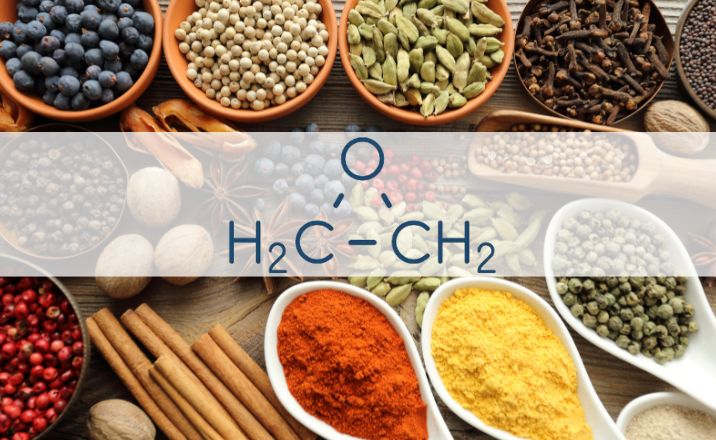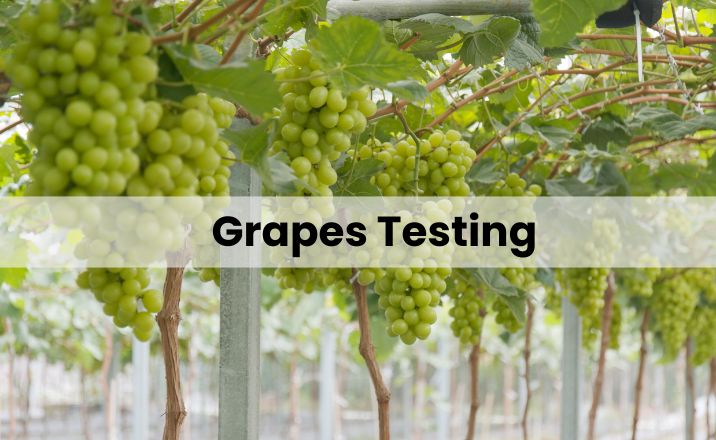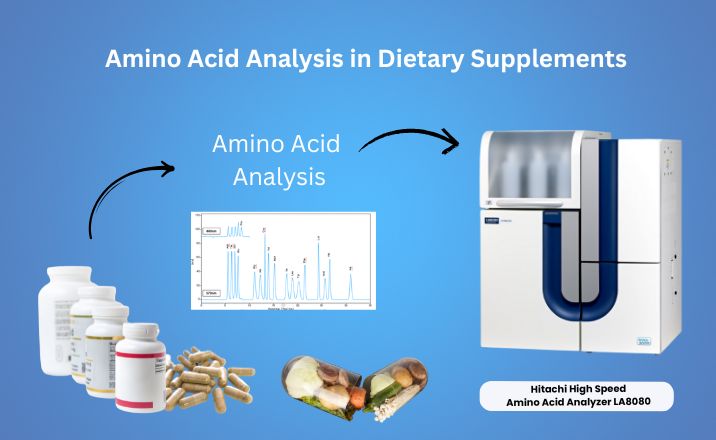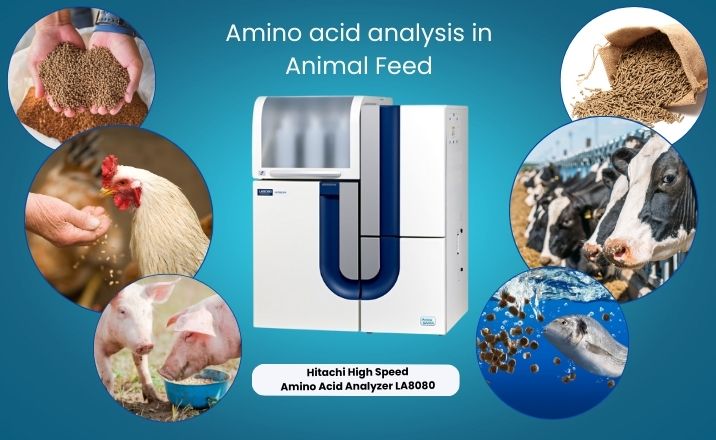Ethylene Oxide Residues in Spices: What You Need to Know
Ethylene Oxide (ETO) in Spices: Understanding the Recent Concerns
In recent months, concerns have arisen internationally due to the frequent detection of ethylene oxide (EO) in spices. This has led Indian regulators, specifically the Food Safety and Standards Authority of India (FSSAI), to initiate nationwide quality checks to assess the status of Ethylene Oxide residues in spices available in the Indian market.
What is Ethylene Oxide (ETO) ?
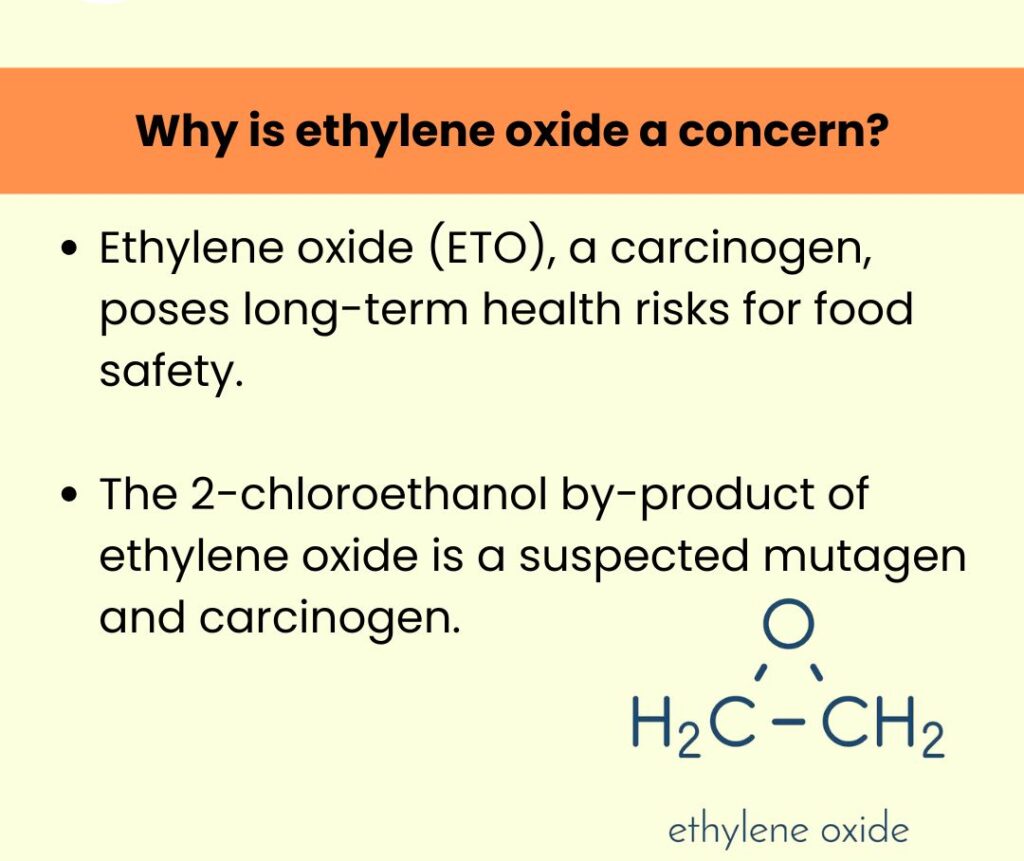
Ethylene oxide, or ETO, is a colourless, flammable, highly reactive gas with a characteristic ethereal odour. It is used industrially as a fumigant to control pests and prevent microbial contaminants such as Salmonella and E. coli. Ethylene Oxide (ETO) can also sterilize food products and food-contact surfaces without using high-temperature processes that may damage certain products such as herbs, spices, and seeds.
However, ethylene oxide is a known carcinogen, classified as a Group 1 by the International Agency for Research on Cancer (IARC). Chronic exposure to Ethylene Oxide (ETO) is associated with an increased risk of cancer and irritation of the eyes, respiratory tract, and skin and may lead to other severe health problems.
Ethylene Oxide (ETO) in Food Products
Ethylene Oxide (ETO) in Food Products, particularly spices, has raised significant concern in international markets. For instance, Hong Kong recently prohibited selling leading Indian spice brands due to the detection of carcinogenic pesticide ethylene oxide. Singapore also recalled certain Indian masala brands for similar reasons.
Ethylene Oxide (ETO) leaves residue wherever it is used, whether for sterilizing food products, pharmaceuticals, or fumigation. Contamination remains a concern while there are methods to reduce residues, such as nitrogen washes and extended aeration.
Regulatory Responses and Actions
In response to these concerns, international agencies such as the European Union have set strict regulations and maximum residue limits for ETO products. The EU has proposed maximum residue limits ranging from 0.02 to 0.1 mg/kg for ETO and its primary metabolite, 2-chloroethanol, in different food and agricultural commodities.
In India, the FSSAI has commissioned quality checks on spices to ensure compliance with Indian chemical residue standards. This includes assessing the levels of ethylene oxide in spices sold in the Indian market and taking appropriate actions.
Envirocare Labs: Right Testing Partner
Envirocare Labs, an industry leader, is committed to promoting safe and responsible practices in the food industry. IOPEPC approves us and is accredited as per ISO/IEC 17025:2017.
We perform Ethylene Oxide (ETO) Testing and 2-chloroethane in food products with a Limit of Quantification (LOQ) of 0.01 mg/kg using the GC-MS/MS testing method.

Our team conducts regular testing and inspection to ensure food products meet safety and quality standards. By staying informed and proactive, we can work together to address these challenges and ensure the safety of consumers.

